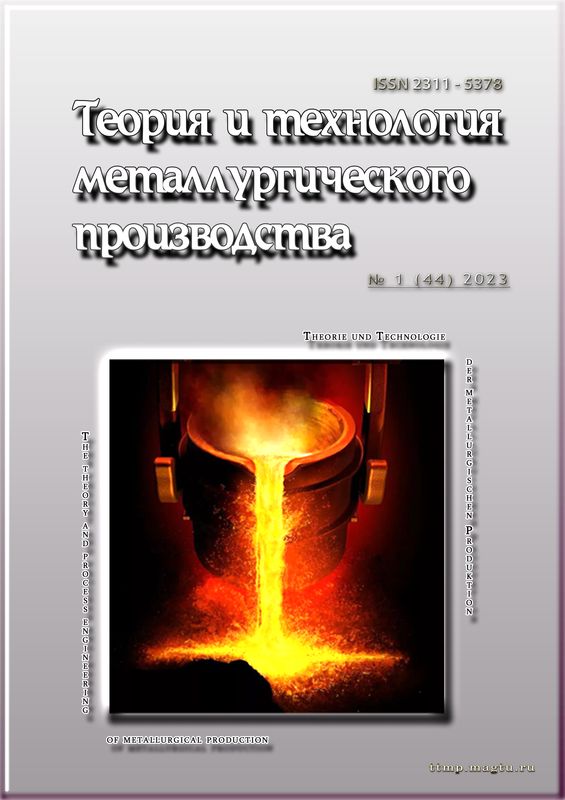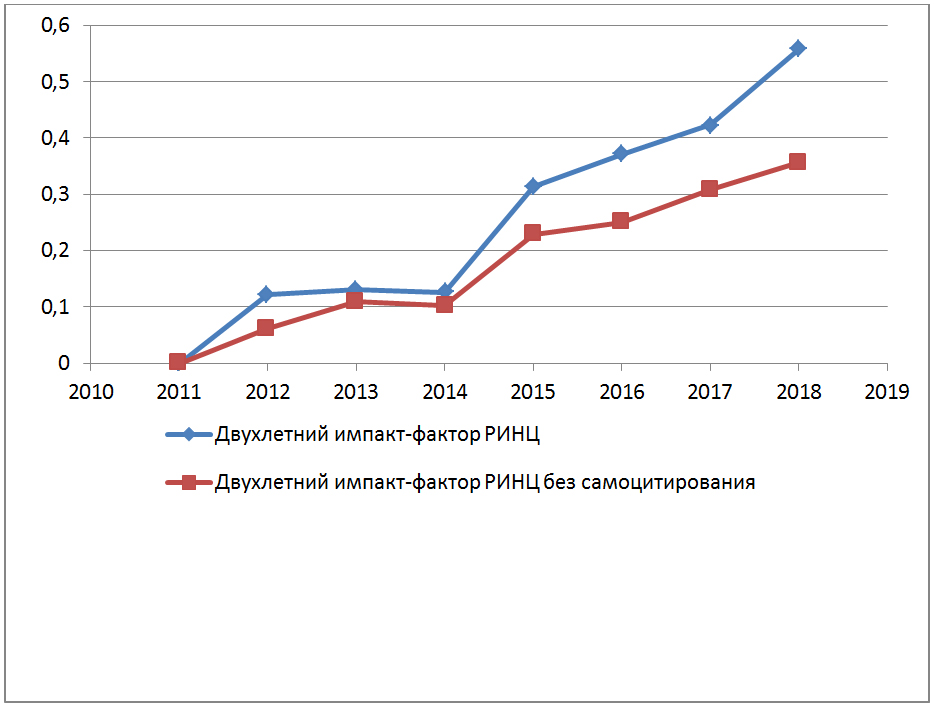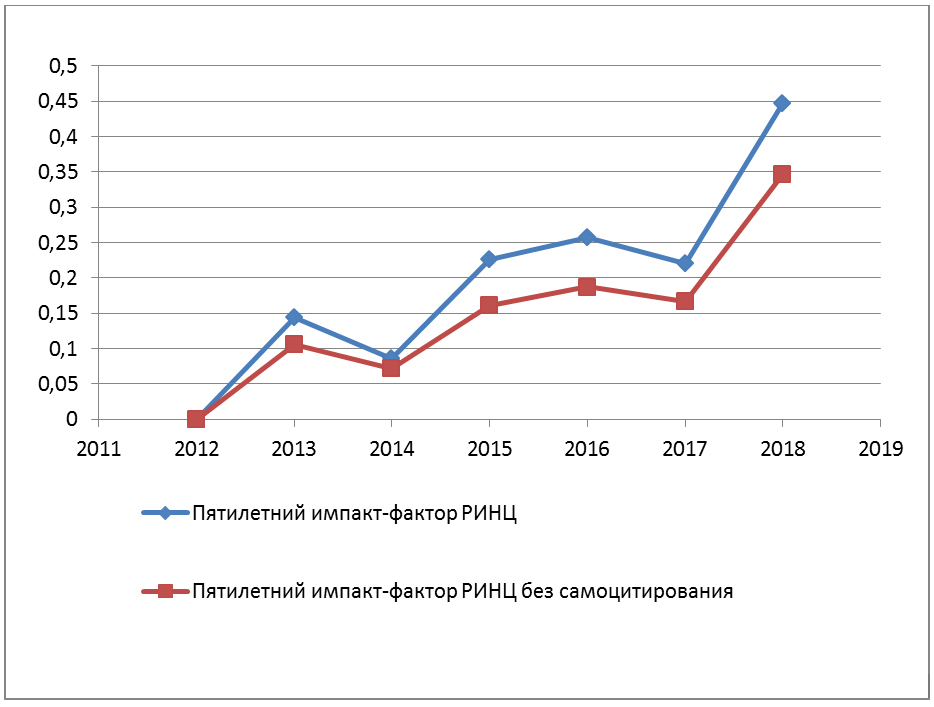Abstract
One of the most important issues in obtaining high-quality casting is the organization of effective feeding of the casting. To exclude the possibility of the appearance of shrinkage defects in the body of the casting, it is necessary to correctly establish the profits in places that are the place of concentration of shrinkage defects. Currently, an urgent task is the use of exothermic inserts in order to reduce the metal consumption of the mold, by reducing profits, without losing high-quality feeding of the casting. This solution improves the production process of castings and reduces the contact surface of the head with the casting, the elimination of which after the removal of the casting costs money. The article deals with the influence of the thermal state of the exothermic insert on the thermal field of the "casting-mold" system. Mathematical modeling was carried out using the well-known finite difference technique. The calculation algorithm for the application of a specific model of the exothermic insert is shown, which allows to reduce the problems of shrinkage and improve the quality of cast products at the metallurgical enterprise MRK LLC. Also, a mathematical apparatus has been developed that allows you to calculate the temperature fields when using exothermic inserts. The question of the influence of the size of the profit on the time of its complete solidification and the possibility of feeding the casting is considered. It was revealed that a 3-fold reduction in the diameter of the head allows for high-quality feeding of the casting.
Keywords
Exothermic insert, thermal field, mathematical modeling, casting-mold system, finite difference method, shell, casting, shrinkage.





